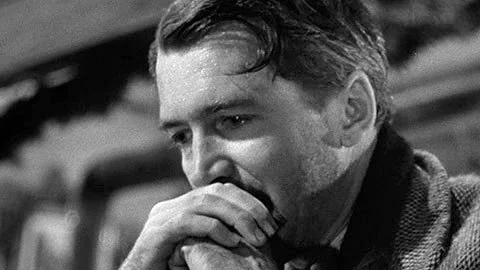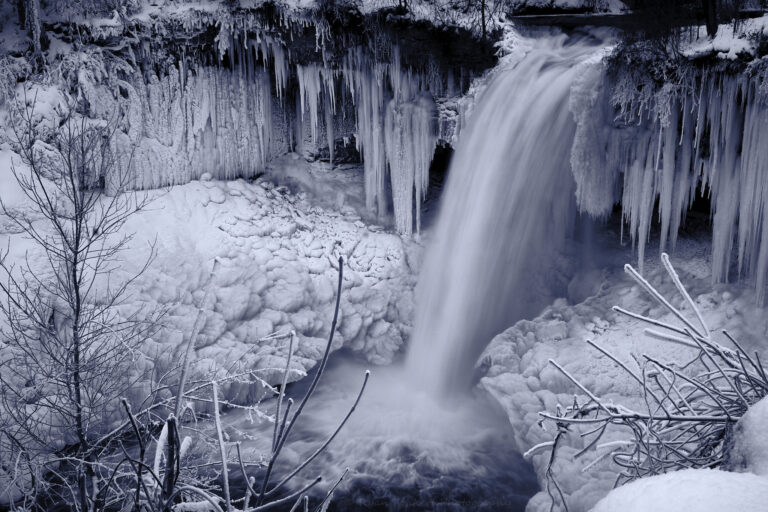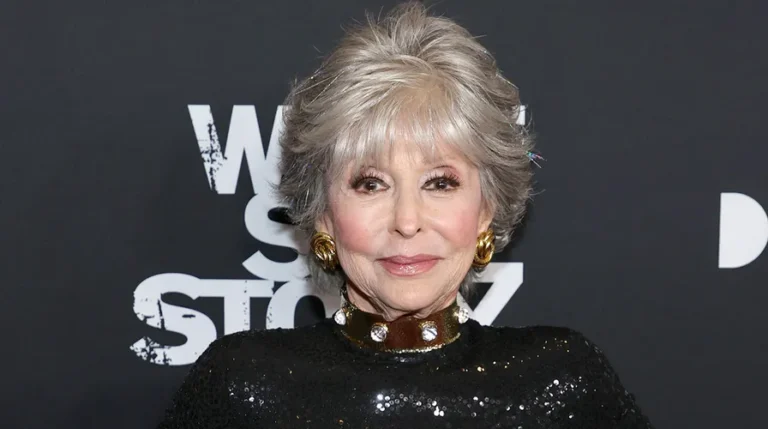Exploring the Majestic World of Deer: Fascinating Facts and Insights
Introduction
Deer are among the most graceful and widely recognized animals in the wild, captivating observers with their elegant movements and serene presence. From the dense forests of North America to the rolling hills of Europe and Asia, these remarkable creatures play a significant role in various ecosystems. In this blog, we’ll delve into the intriguing world of deer, exploring their diverse species, unique behaviors, and their importance in the natural world.
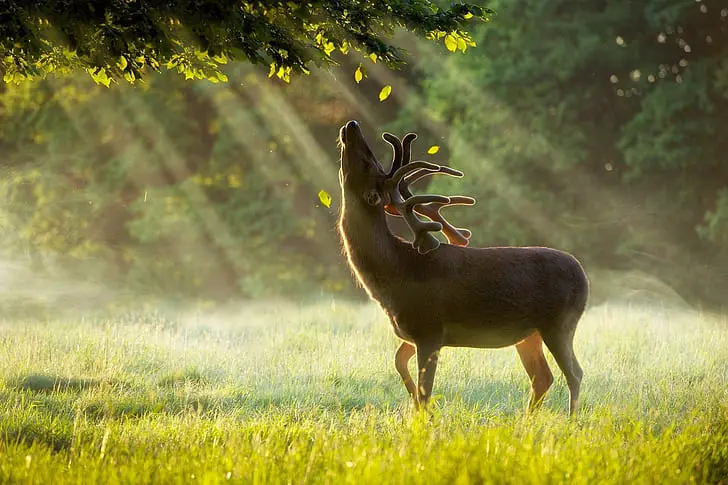
The Diversity of Deer Species
A Rich Variety
Deer belong to the Cervidae family, which includes over 90 species distributed across different continents. Some of the most well-known species include:
- White-tailed Deer: Common in North America, recognized by the white underside of their tail.
- Red Deer: Native to Europe, known for their impressive antlers and deep reddish-brown coat.
- Sika Deer: Originally from East Asia, these deer have a distinctive spotted coat and are known for their adaptability to various habitats.
- Moose: The largest member of the deer family, found in North America and Northern Europe, notable for their large, broad antlers and distinctive “bell” of skin under their throat.
Physical Characteristics
Deer are characterized by their graceful bodies, long legs, and distinctive antlers. Antlers are a unique feature of male deer (stags or bucks) and are used in mating displays and territorial fights. These antlers are shed and regrown annually, with their size and complexity often reflecting the age and health of the deer.
Behavior and Ecology
Habitat and Adaptation
Deer are highly adaptable creatures, inhabiting a wide range of environments from dense forests and grasslands to mountainous regions and even urban areas. Their diet varies depending on their habitat, with most species being browsers that feed on leaves, twigs, fruits, and flowers.
Social Structure
Deer social structures can vary significantly between species. For instance:
- White-tailed Deer: Typically form small groups or family units led by a matriarch, especially during the winter months.
- Red Deer: Often found in larger herds, particularly during the mating season, when males compete in dramatic rutting displays.
Reproduction and Lifecycle
Deer have a defined breeding season, known as the rut, during which males compete for the attention of females. The mating season is followed by a gestation period that lasts around 200 days, resulting in the birth of fawns, which are typically hidden in vegetation for the first few weeks of life for protection.
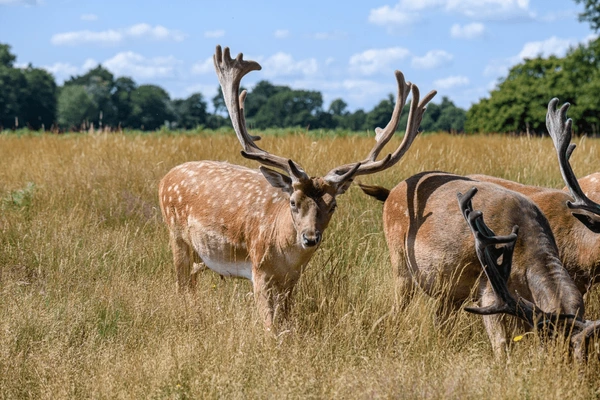
The Role of Deer in Ecosystems
Ecological Impact
Deer play a crucial role in maintaining the balance of their ecosystems. As herbivores, they help control plant growth and prevent overgrowth, which can affect the health of forests and meadows. Their grazing also helps create habitats for other wildlife by promoting the growth of certain plant species.
Human Interaction
Deer have long been important to humans, both culturally and economically. They are featured in numerous myths, legends, and artworks, and have been a source of food and materials for indigenous peoples around the world. In modern times, deer hunting is a regulated activity that helps manage deer populations and ensures ecological balance.
Conservation and Challenges
Current Issues
Despite their adaptability, deer face several challenges, including habitat loss, vehicle collisions, and diseases such as Chronic Wasting Disease (CWD). Conservation efforts are ongoing to address these issues, including habitat restoration, wildlife corridors, and population management strategies.
How You Can Help
Supporting wildlife conservation initiatives and adhering to sustainable practices can contribute to the well-being of deer populations. Educating others about the importance of deer and their habitats helps foster a greater appreciation and understanding of these magnificent animals.
Conclusion
Deer are a symbol of grace and resilience in the animal kingdom, playing a vital role in their ecosystems and captivating our imaginations. By learning more about these remarkable creatures, we can better appreciate their place in the natural world and contribute to their conservation.
Have you had any memorable encounters with deer or have thoughts on wildlife conservation? Share your experiences in the comments below! For more fascinating wildlife insights and stories, subscribe to our blog.



